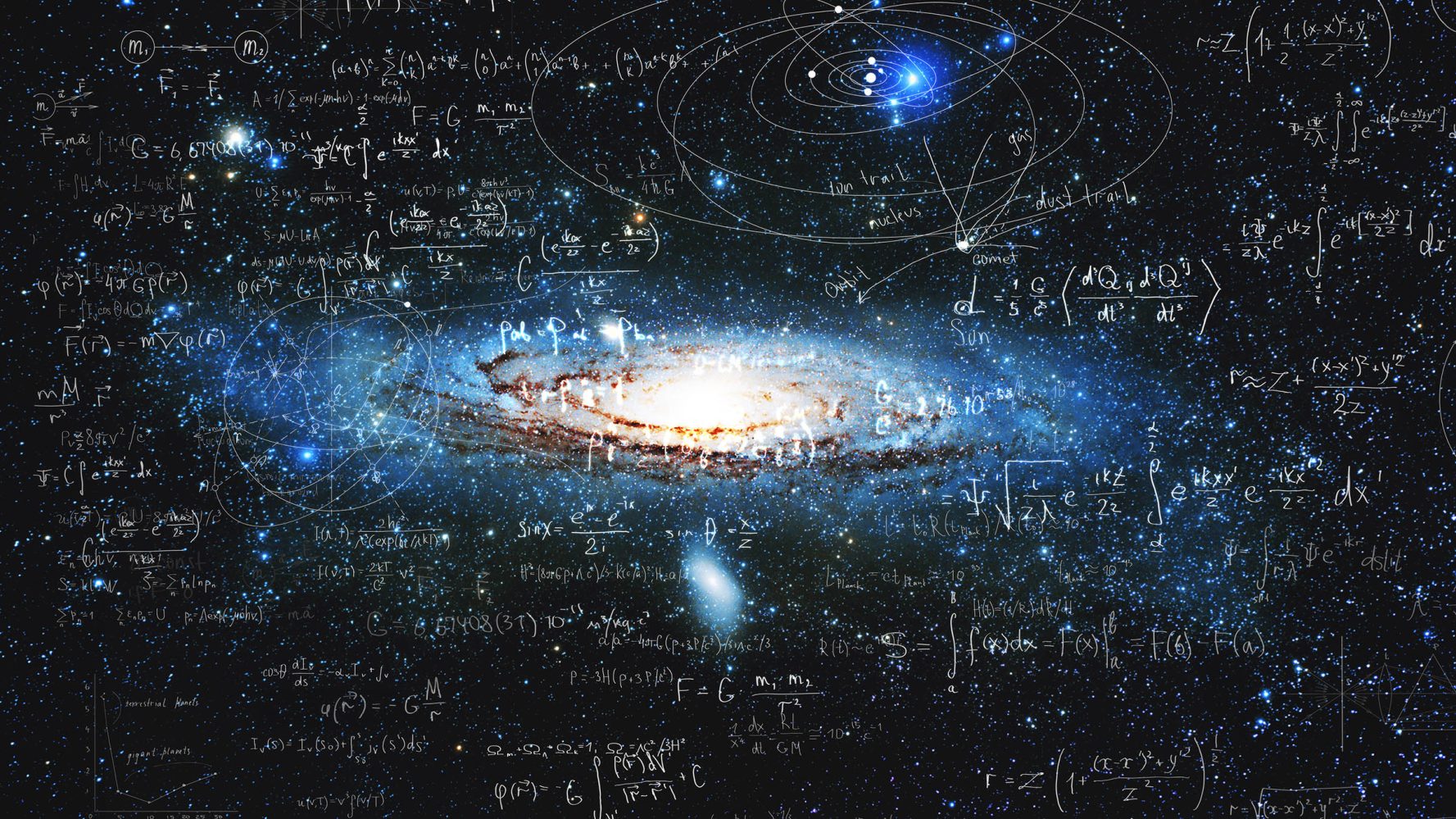Prime numbers, the “atoms of arithmetic,” have captivated mathematicians for centuries. These numbers, divisible only by themselves and one, appear deceptively random yet hide intricate patterns. Unlocking the secrets of their distribution could illuminate vast areas of mathematics, revealing connections across the discipline.
Euclid first proved the infinite nature of primes around 300 BCE, laying the foundation for centuries of exploration. Since then, mathematicians have expanded on his findings, showing that infinite primes also exist under increasingly strict criteria.
For instance, they’ve explored whether prime numbers avoiding specific digits or taking particular forms (like sums of squares) also stretch to infinity. These investigations, though challenging, offer deeper insights into the hidden order of primes.
Recently, groundbreaking proof by Ben Green of the University of Oxford and Mehtaab Sawhney of Columbia University brought new clarity to one such problem. The pair demonstrated that there are infinitely many primes of the form p2 + 4q2 where p and q are themselves prime. This long-standing conjecture posed unique challenges.
Central to their success was the concept of “rough primes,” a less rigid approximation of prime numbers. By loosening the constraints, Green and Sawhney made the problem more approachable without losing its essence. They then turned to the Gowers norm, a tool from a seemingly unrelated branch of mathematics, to bridge the gap between rough primes and actual primes.
Their partnership highlights the collaborative nature of modern mathematics. Sawhney, a recent graduate, drew on Green’s earlier work, which had inspired his own studies. Together, they blended Green’s deep expertise with Sawhney’s fresh perspective, crafting a solution that pushed the boundaries of prime number theory.
Beyond its immediate significance, this breakthrough demonstrates the power of cross-disciplinary tools. The Gowers norm’s novel application could lead to further insights into number theory and beyond. Considering just how pivotal math and physics are to each other, understanding prime numbers better could benefit more than just mathematicians.
The post Mathematicians are getting close to uncovering the greatest mystery behind prime numbers appeared first on BGR.
Today’s Top Deals
Today’s deals: $374 PlayStation 5, Beats headphones, $399 Google Pixel 8a, $99 foot massager, more
Today’s deals: 20% off Amazon gift cards, $100 Beats Pill, $60 Oral-B iO electric toothbrush, $100 Nextmug, more
Today’s deals: $250 Apple iPad 10, $25 Crest 3D Whitestrips, laptop deals, $100 off Bose SoundLink Max, more
Today’s deals: $100 off iPad Air, Sonos speaker sale, $189 Apple Watch SE, Waterdrop RO filters, more
Mathematicians are getting close to uncovering the greatest mystery behind prime numbers originally appeared on BGR.com on Sun, 29 Dec 2024 at 14:12:00 EDT. Please see our terms for use of feeds.
